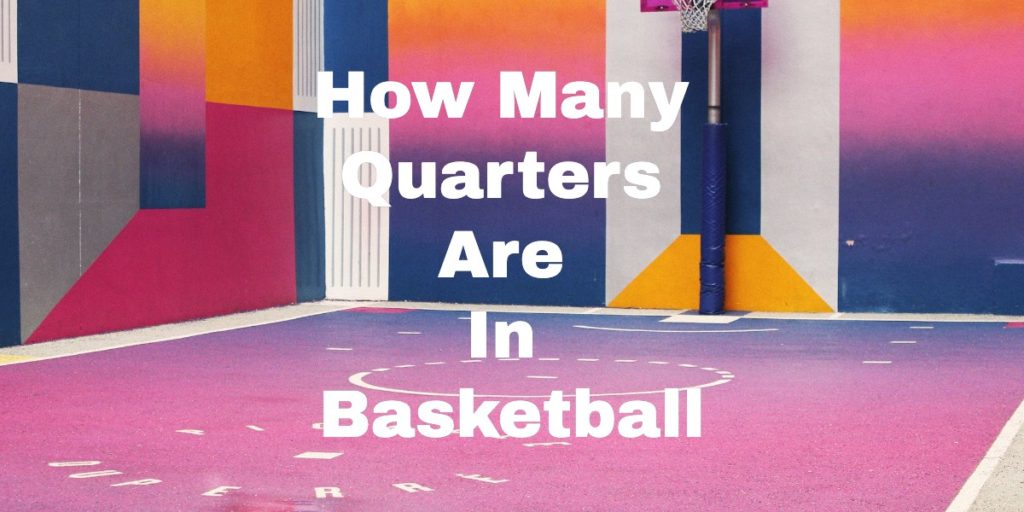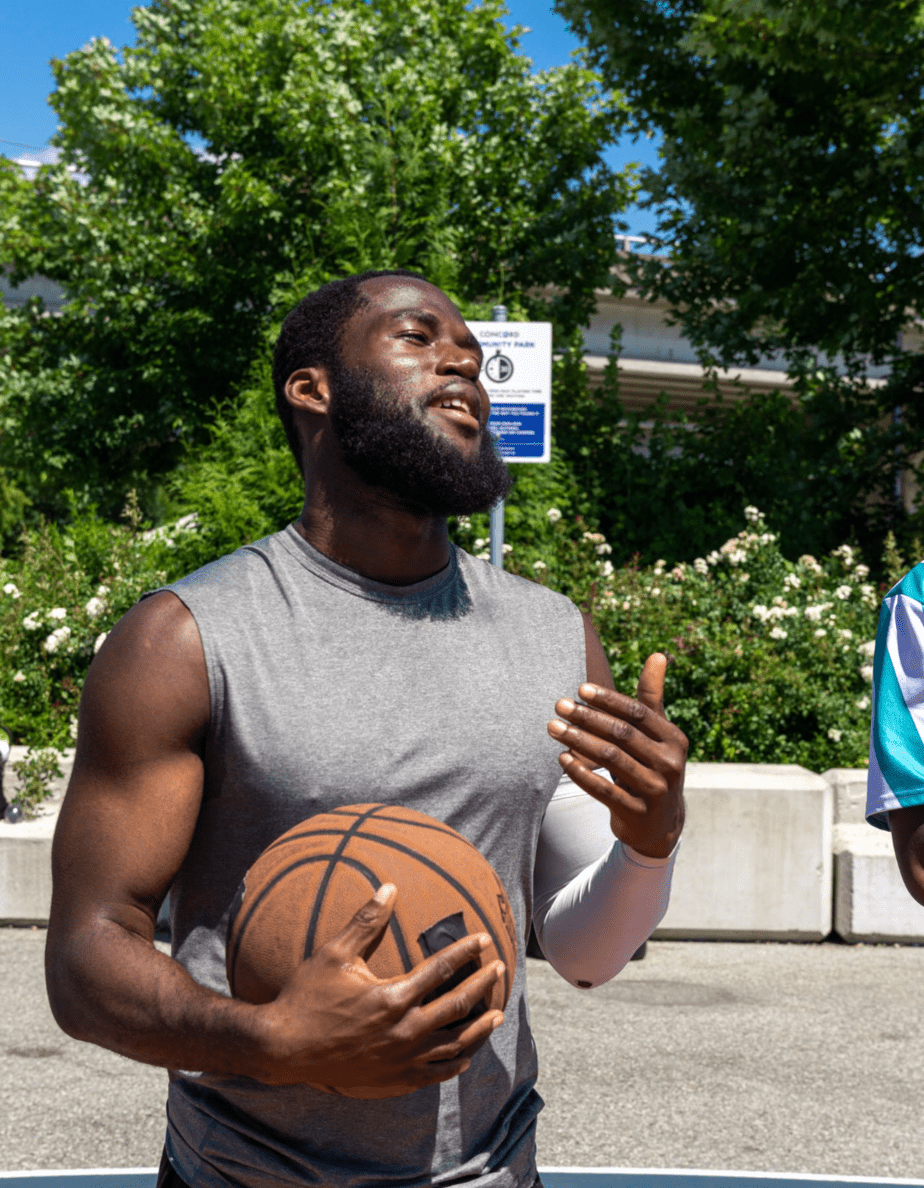How Many Quarters Are in a Basketball Game? An In-Depth Guide to Understanding the Game
Are you new to the game and wondering how many quarters are in basketball? Or perhaps you’re a seasoned pro looking to refresh your knowledge. Either way, you’ve come to the right place. In this post, I’ll dive deep into the world of basketball quarters, including how many there are, their length, timing, and more. So, let’s get started!
Overview of Basketball Quarters
Before we get into the specifics of basketball quarters, let’s first define what a quarter is. In basketball, a quarter is a unit of time used to break the game into smaller, more manageable parts. It allows for breaks in play, and adjustments by coaches, and gives players a chance to rest and recover.
So, how many quarters are in a basketball game? Typically, there are four quarters in a game, with each quarter lasting 12 minutes in the NBA, WNBA, and FIBA (International Basketball Federation) games. However, some amateur leagues may have different rules, such as only having two or three quarters, or having quarters of different lengths.
| League | Length of Quarters/Halves | Link |
|---|---|---|
| FIBA | 4 quarters, 10 minutes each | FIBA |
| NCAA (Men) | 2 halves, 20 minutes each | NCAA Men’s Basketball |
| NCAA (Women) | 4 quarters, 10 minutes each | NCAA Women’s Basketball |
| High School | 4 quarters, 8 minutes each | NFHS |
| NBA | 4 quarters, 12 minutes each | NBA |
Understanding the Timing of Basketball Quarters
Now that we know how many quarters are in a basketball game, let’s dive deeper into the timing of each quarter. In professional basketball, each quarter lasts 12 minutes, making the total game time 48 minutes. However, the actual time it takes to play a game can be much longer due to timeouts, stoppages of play, and fouls.
In the NBA, each team is given six timeouts per game, with no more than three allowed in the fourth quarter. Timeouts can last up to two minutes, but they can also be shorter if the coach only needs to communicate a quick message to the team.
Differences between Professional and Amateur Basketball Quarters
FIBA Quarters
The International Basketball Federation (FIBA) is the governing body for basketball on a global level. FIBA basketball games consist of four quarters, each lasting 10 minutes. Between the second and third quarters and the third and fourth quarters, there is a two-minute break. At halftime, there is a 15-minute break.
NCAA Quarters or Halves
The National Collegiate Athletic Association (NCAA) is the governing body for college basketball in the United States. NCAA men’s basketball games consist of two halves, each lasting 20 minutes. There is a 15-minute halftime break. NCAA women’s basketball games consist of four quarters, each lasting 10 minutes. There is a 10-minute halftime break.
High School Quarters
High school basketball games consist of four quarters, each lasting eight minutes. Between the first and second quarters and the third and fourth quarters, there is a one-minute break. At halftime, there is a 10-minute break.
NBA Quarters
The National Basketball Association (NBA) is the premier professional basketball league in the world. NBA games consist of four quarters, each lasting 12 minutes. There is a 15-minute halftime break. Between the first and second quarters and the third and fourth quarters, there is a two-minute break.

Conclusion
So, there you have it, a comprehensive guide to understanding how many quarters are in basketball. Remember, while the number of quarters may vary depending on the league and level of play, understanding the timing and rules of each quarter is essential for both players and fans.
If you want to learn more about basketball rules and strategies, there are plenty of resources available online. Websites like NBA.com and FIBA.basketball offer comprehensive guides to the rules of basketball. If you want to go one step further we also have an article titled “How Long is a Basketball Game”.
Troy Wallace
Troy Wallace is Certified Basketball Speed Specialist and shares his experiences in trying to stay as healthy as possible to stay on the court. He is active in coaching youth basketball in YMCA, Team Work Sports Nebraska, and, currently, in the Jr. Warriors program in Omaha, NE. Visit Troy's Full Author Bio Page or email him directly.
Meaningful conversations happening daily about training, recovery, and injury-specific rehabilitation as well as sport-specific discussions on playing, coaching and refereeing your favorite sport. We welcome experts and those with curious minds seeking answers.
Join The Stay On The Court Community!